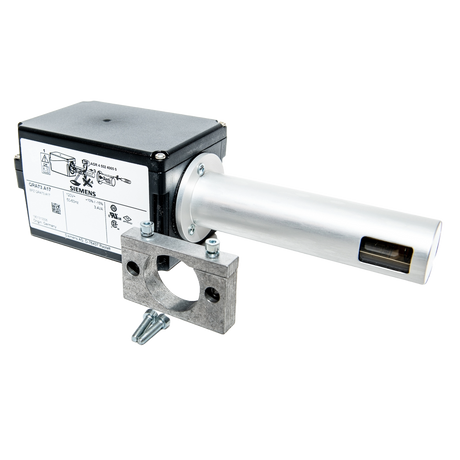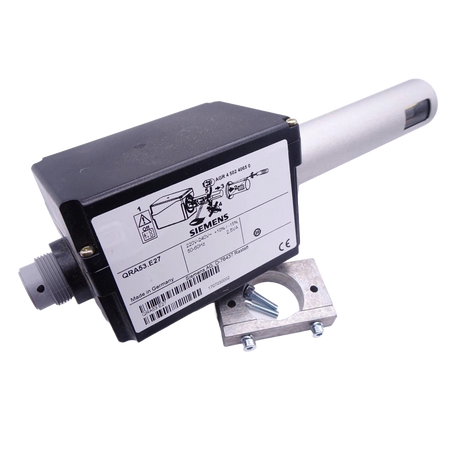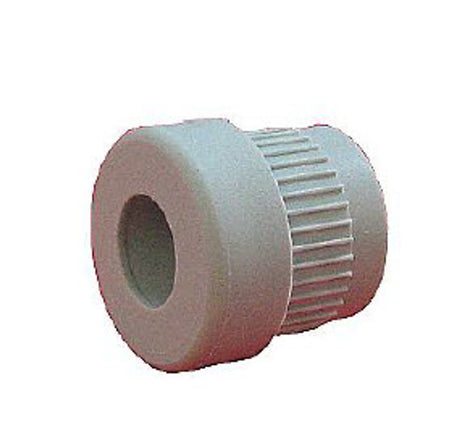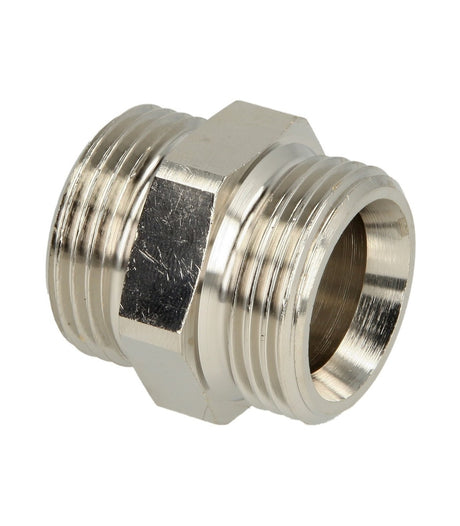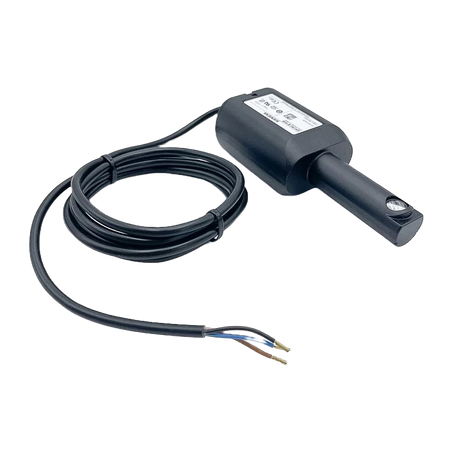
Flame Detection
Optical | Ionisation | Flame Sensing Electrodes
FiltersFilter & Sort
Comtherm Ltd
Comtherm Flame Electrode 150mm - PH150
0.4 kg
In stock (12 units)£4490Unit price /UnavailableComtherm Ltd
Comtherm Flame Electrode 200mm - PH200
0.4 kg
In stock (264 units)£4490Unit price /UnavailableSiemens
Siemens QRA2 UV Flame Detector Without Clamp
1.0 kg
In stock (25 units)£11500£16779Unit price /UnavailableSiemens
Siemens QRA2(1) UV Flame Detector With Clamp
QRA2 With Clamp & Flange
1.0 kg
In stock (17 units)£11500£17797Unit price /UnavailableSiemens
Siemens AGR450240650 - Replacement UV Bulb (QRA2M/QRA10M.C)
0.2 kg
In stock (38 units)£8516£15756Unit price /UnavailableComtherm Ltd
Comtherm Flame Electrode 300mm - PH300
0.4 kg
In stock (7 units)£5116Unit price /UnavailableSiemens
Siemens QRB1B-C036B40A Yellow (Oil) Flame Detector
0.25 kg
£2027£3011Unit price /UnavailableHoneywell
Honeywell UVZ780 (Blue) - 18812U UV Sensor
0.7 kg
In stock (10 units)£47912Unit price /UnavailableSiemens
Siemens AGG03 Quartz Lens Kit (QRA10.C)
100 g
Low stock (5 units)£7149Unit price /UnavailableSiemens
Siemens QRB4B-B050B70B Yellow (Oil) Flame Detector
0.25 kg
Available for Backorder£2155£3202Unit price /UnavailableSiemens
Siemens QRA73.A17 UV Flame Detector - Self Checking
1.5 kg
In stock (14 units)£64161£85360Unit price /UnavailableSiemens
Siemens QRA4M.U UV Flame Detector - High Sensitivity
1.0 kg
Available for Backorder£16689£21312Unit price /UnavailableSiemens
Siemens QRA10.C UV Flame Detector
1.0 kg
In stock (10 units)£28503£42964Unit price /UnavailableSiemens
Siemens QRA53.E17 UV Flame Detector - Self Checking
700 g
Low stock (4 units)£71384£93887Unit price /UnavailableSiemens
Siemens QRA10M.C UV Flame Detector - High Sensitivity
1.0 kg
Available for Backorder£27985Unit price /UnavailableSiemens
Siemens AGG09 IP 40 Kit (RAR9)
0.25 kg
Available for Backorder£437£650Unit price /UnavailableSiemens
Siemens AGG05 Adapter (QRA10/AGG16)
0.1 kg
Available for Backorder£2712£4029Unit price /UnavailableSiemens
Siemens AGG04 Fixing Adaptor (QRA4)
0.25 kg
Available for Backorder£4569£5835Unit price /UnavailableSiemens
Siemens AGG02 Standard Lens Kit (QRA10.C)
100 g
Low stock (3 units)£3606Unit price /UnavailableSiemens
Siemens QRI2B2.B180B Infrared Flame Detector
2.0 kg
In stock (6 units)£26002£51251Unit price /UnavailableSiemens
Siemens QRC1A2.104C27 Blue Flame Detector
1.0 kg
Available for Backorder£7446£11067Unit price /UnavailableSiemens
Siemens QRB4B-B025B40B Yellow (Oil) Flame Detector
0.25 kg
Available for Backorder£2155£3202Unit price /Unavailable











